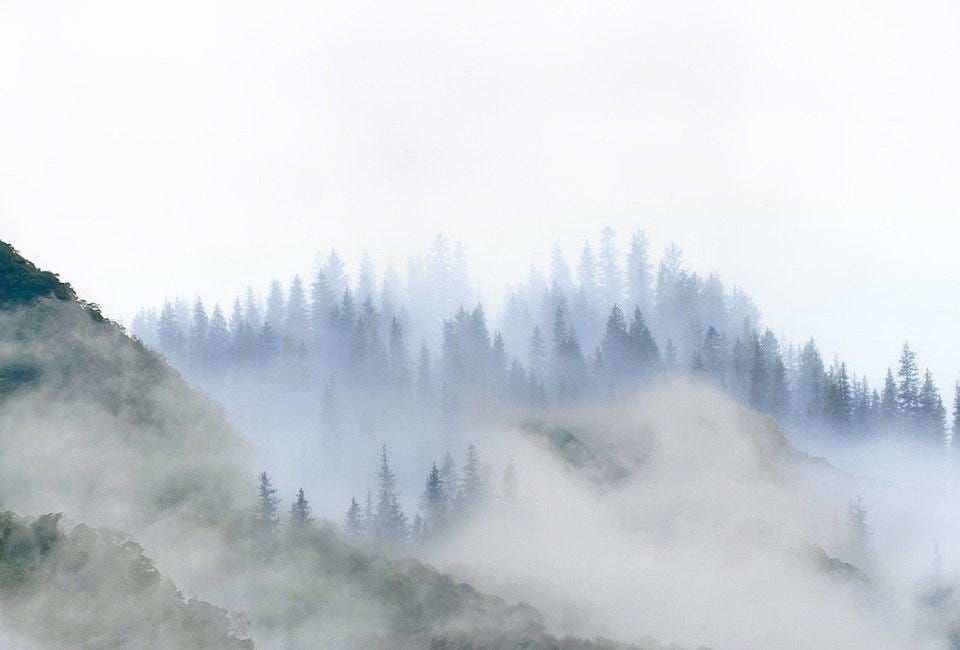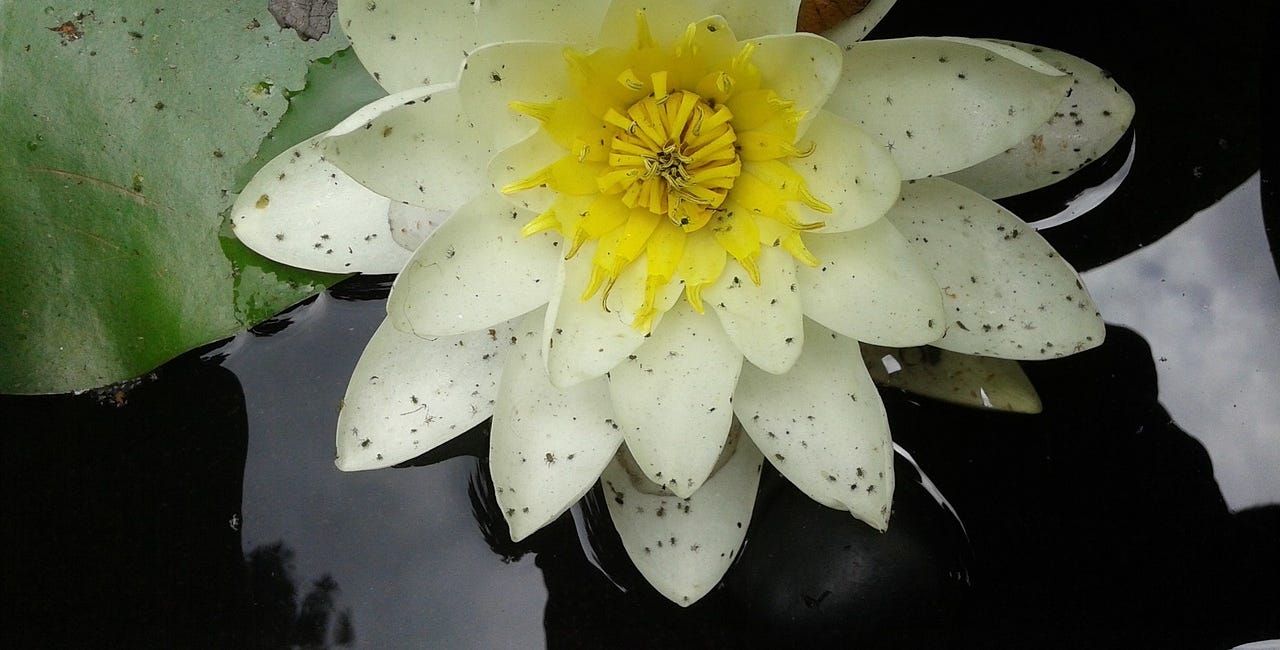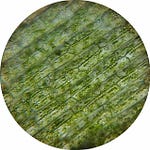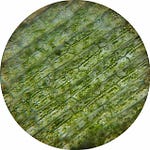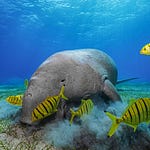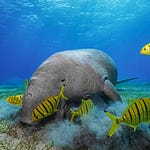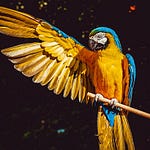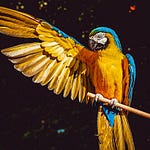Part 2: What’s in a Name? A Map of the Kingdom
What’s in a name? That which we call a rose By any other name would smell as sweet.
-Romeo and Juliet (William Shakespeare)
Now that we have gotten to the Kingdoms of Creation, I am itching to visit an animal. What animal would you like to go visit? I think we’ll go to see the lions. To find our way to their house, we will, of course, need to look in an atlas. The one for each of the kingdoms looks like there are maps of different states separated into regions, and fortunately there is a handy index in the back to help you find each creature.
The lions’ address is P. leo, which might seem like a strange address, but it will help us locate the them just fine. How could you possibly find in all of creation with a name as simple as that? All species have this type of name, using a system known as a binomial nomenclature. Each name is made up of two parts (“bi” means two) – the genus (the street that the animal lives on) and the species. The genus is indicated with just the first letter, which is capitalized, and then the whole species name, which is not capitalized. This system was created by a Swedish scientist named Carolus Linnaeus, who you ought to read more about some time.
In the index under P. leo is this entry:
P. leo
Phylum: Chordata
Class: Mammalia
Order: Carnivora
Family: Felidae
Genus: Panthera
Whoa, those are some weird words – did your mother have trouble pronouncing those? The names seem strange because words in binomial nomenclature are often based off of Latin or Greek words so that scientists from all over the world can communicate more easily.
What is up all these different groups that the lion is in – phylum, class, order? The phylum is the region where you will find the lions (in plants and fungi, the regions are known as divisions). The class is the state, and the order is the county (like a region in the state). You already know that family is the town where the animal lives, and genus tells us the street. Now, we can go visit the lions – hope they don’t eat us!
Perhaps we should go visit the dogs, instead. Seems safer, don’t you think? The dogs’ address is C. l. familiaris – wait, what? Aren’t there supposed to be two parts to the name? Yes, there normally are, but dogs are a part of a subspecies (a part of a group of animals that could reproduce together but usually don’t, often because they live in different parts of the world). Subspecies use a trinomial nomenclature, with the subspecies name added on the end. The full name written out is Canis lupus familiaris. Canis lupus (or C. lupus) is the wolf, the sister species to the dog. If you would look C. lupus up in the index and find that they are in the same county as the lions - the order Carnivora. They just live a few towns over in the family Canidae on the street Canis. You can think of the subspecies of dogs and wolves as living in two different houses on a large farm together – make sure you get the right one or you might end up on the menu!
In our world, as opposed to the Kingdoms of Creation, taxonomy, or the classification of creatures, is just a way that scientists organize animals to better understand them. The lions, of course, live right with the termites and the grasses on the savanna rather than in their own towns. Studying taxonomy helps scientists see the relationships between creatures so they can study their similarities and differences more easily. Organizing creation helps us to understand the organized Creator better.
Ready for More?
Chapter 2: What Is a Creature?
Welcome to the first installment in the Kingdoms of Creation home education science program. We’re glad you’re here. Each chapter is split into two parts: Part 1 is for younger students (usually K-4); Parts 1 and 2 together are for older students (usually 5-8). The Kingdoms of Creation is a comprehensive biology program. See the full table of contents
Need Something Else?
Visit the Welcome Page
Welcome to the Kingdoms of Creation
A long time ago in land not so far away, the Creator made a world. This world was big and beautiful, wild and wonderful, fantastic and frightening. It was full of amazing creatures like the ping-pong tree sponge (an immobile creature that looks just like its name sounds but eats shrimp in the deep dark of the sea) and the dragon mantis (a large brown …
Or Check Out the Original Post
Chapter 1: The Organization of the Kingdoms
Welcome to the first installment in the Kingdoms of Creation home education science program. We’re glad you’re here. Each chapter is split into two parts: Part 1 is for younger students (usually K-4); Parts 1 and 2 together are for older students (usually 5-8). The Kingdoms of Creation is a comprehensive biology program. See the full table of contents





